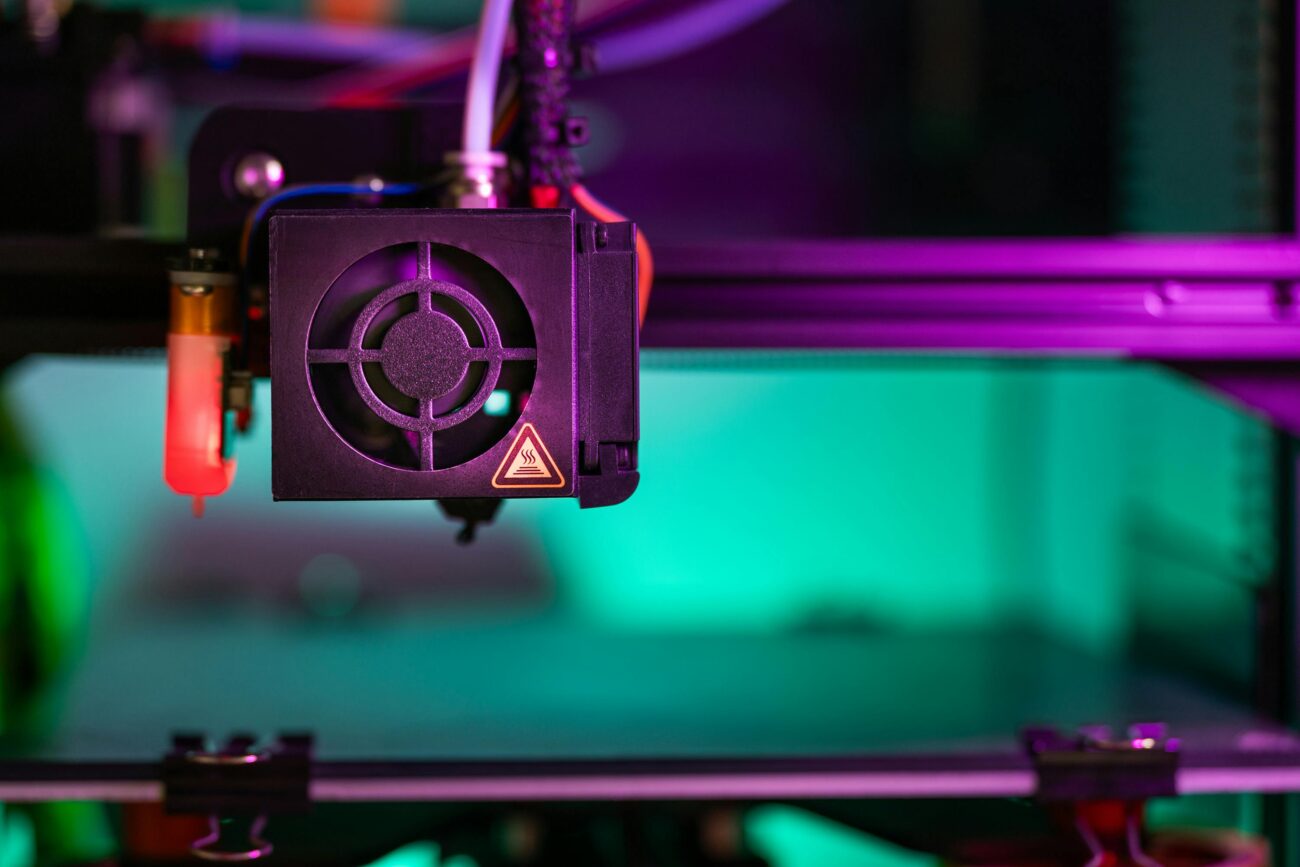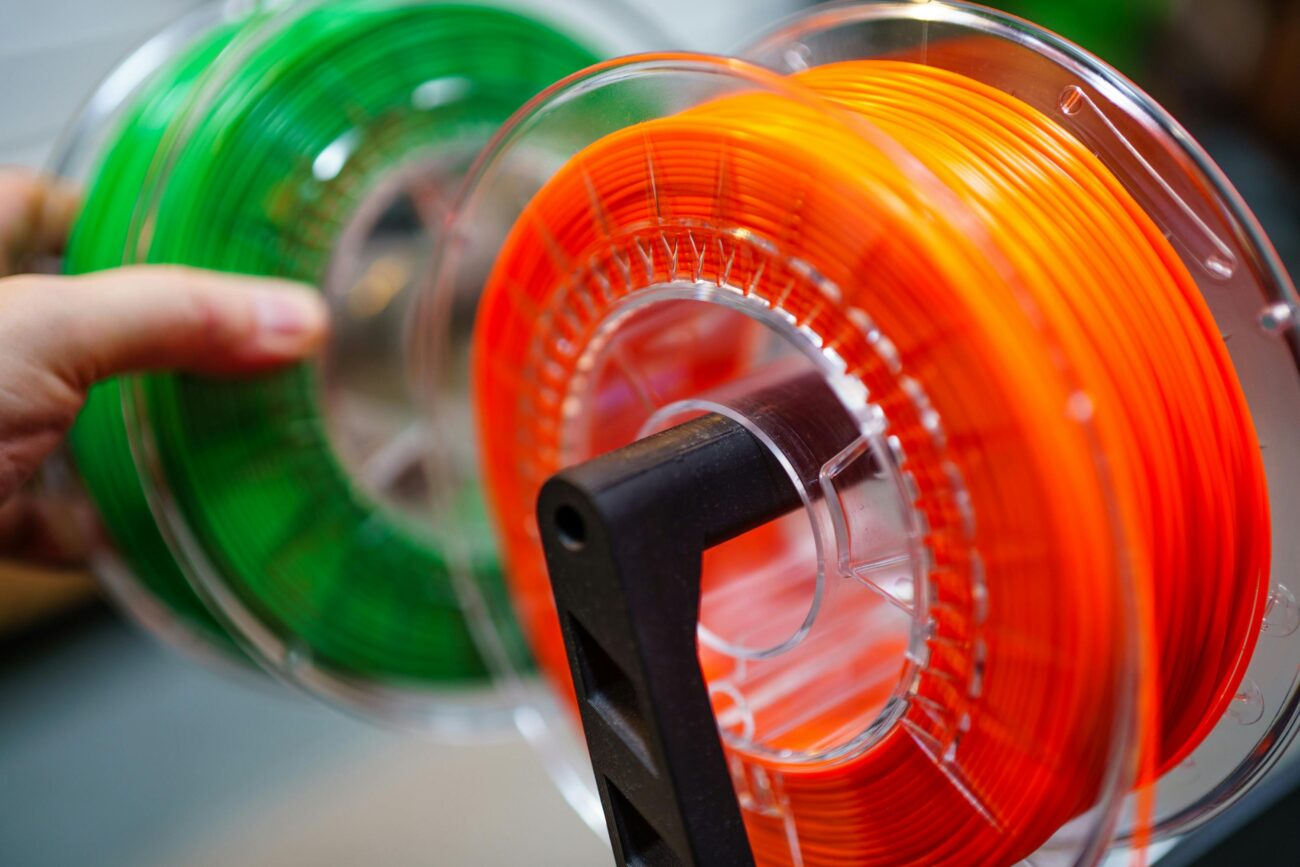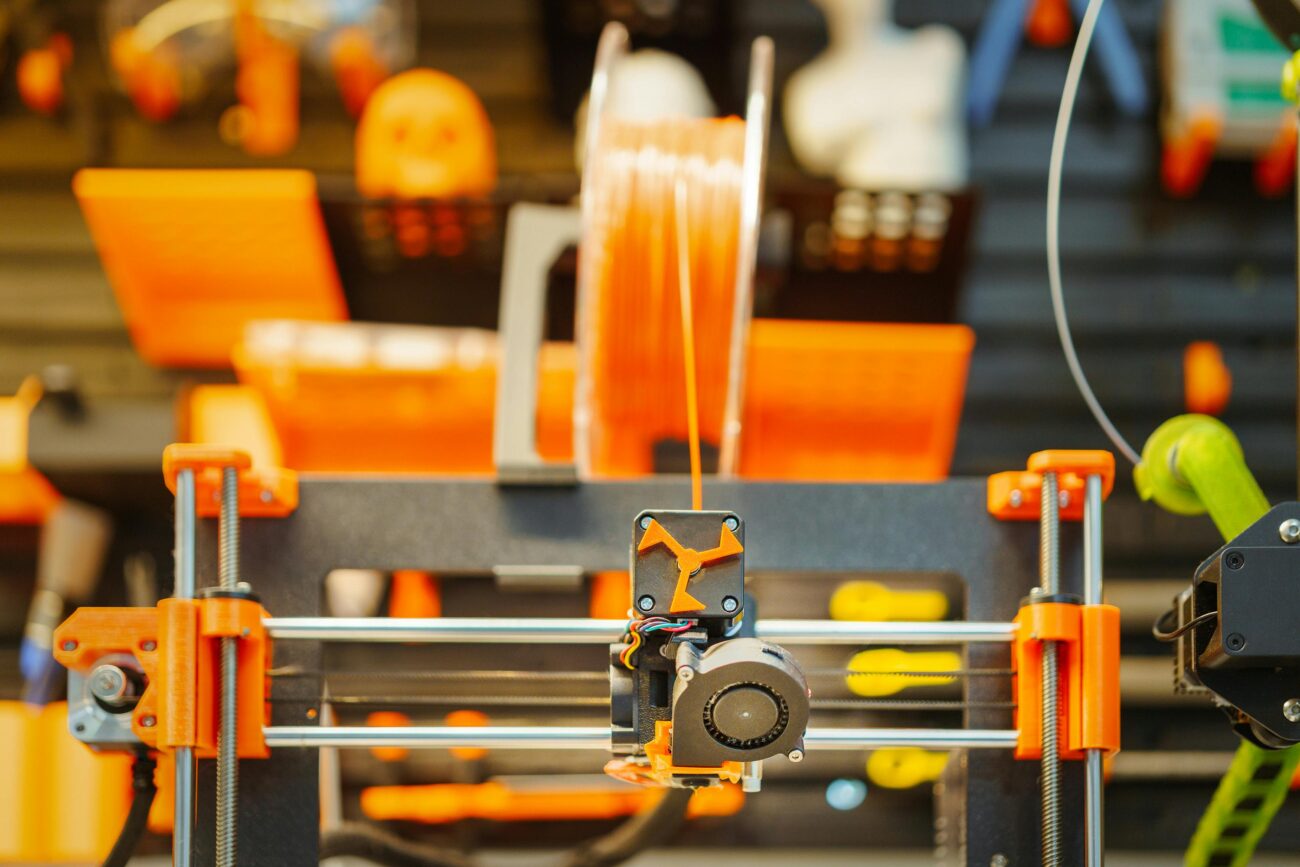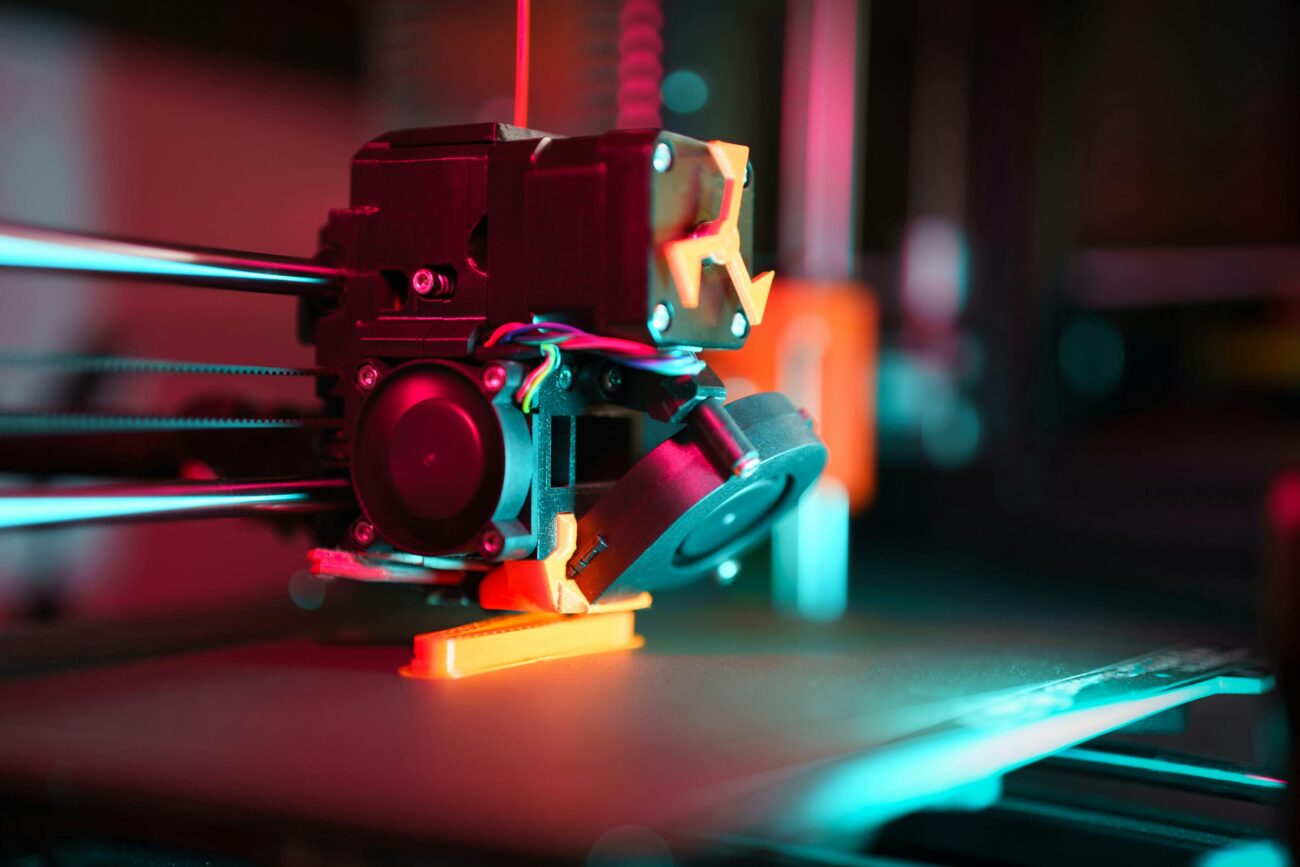What if you could compress months of design, testing, and tooling into a single streamlined process? That’s the new reality for modern engineering teams embracing professional 3D printing. With precise control, repeatable quality, and growing material options, additive manufacturing is no longer just a prototyping tool—it’s now a fully viable production technology.
Professional 3D printing, in an engineering context, refers to the use of advanced additive manufacturing systems—designed for high reliability, accuracy, and repeatability—to produce functional components, prototypes, or even end-use parts. These systems operate on industrial-grade hardware and are paired with software and materials engineered for consistency and durability.
Today, professional 3D printers are bridging the gap between design validation and actual production. Engineers can validate form, fit, and function in real-world environments, then shift directly into batch manufacturing—without retooling or outsourcing.
Industries from aerospace and automotive to medical devices, consumer electronics, and energy are rapidly adopting this evolution. The shift allows for faster iteration, less waste, and smarter product development cycles.
Can 3D Printers Be Used for Full-Scale Production?

For years, 3D printers were synonymous with prototyping. But the narrative is shifting. Manufacturers now rely on professional systems not only for design validation, but for producing end-use parts at scale.
Aerospace engineers use 3D printing to build lightweight structural components that meet strict tolerances. In the automotive industry, additive manufacturing helps reduce tooling costs while enabling custom brackets, ducts, and even engine parts. In healthcare, surgeons receive patient-specific surgical guides, prosthetics, and even implants produced directly from CAD files.
This evolution hinges on the capabilities of professional and industrial 3D printers, which are distinct from consumer-grade models:
- Consumer 3D printers focus on hobbyist use, often with limited material compatibility and low precision.
- Professional 3D printers are designed for businesses and engineering teams, offering better tolerances, advanced materials, and scalable outputs.
- Industrial 3D printers push boundaries further, enabling production-grade throughput and quality control for certified parts.
While not every product suits 3D printing, a growing number of functional parts can now be manufactured on demand—redefining the boundaries of scale.
How Does the Professional 3D Printing Process Work in Engineering?
Professional 3D printing follows a structured and predictable workflow tailored to engineering needs. Below is a breakdown of the main stages:
- CAD Design – Engineers design parts in CAD software, accounting for tolerances, printability, and function.
- File Preparation and Slicing – The 3D model is converted to a printable format, sliced into layers, and embedded with print parameters.
- Material Selection – Based on mechanical demands, engineers choose polymers, composites, metals, or resins.
- Printing Process – The print job begins with layer-by-layer deposition, curing, or sintering, depending on the technology.
- Post-Processing – This includes support removal, heat treatment, surface smoothing, or infiltration.
- Testing and Validation – Printed parts are inspected, measured, and functionally tested against engineering specifications.
- Iteration and Production Scaling – Once validated, designs are batch-produced or adapted for larger volumes.
This repeatable workflow reduces human error, shortens development cycles, and gives engineers greater control from concept to final product.
What Are the Different Types of Professional 3D Printing Technologies?

Each printing technology offers a unique mix of precision, material compatibility, surface finish, and scalability. Here’s a breakdown of the most commonly used systems:
- Fused Deposition Modeling (FDM) – FDM works by extruding melted thermoplastic layer by layer.
- Pros: Affordable, good mechanical properties, easy to operate
- Cons: Visible layer lines, limited detail resolution
- Stereolithography (SLA) – SLA uses a laser to cure liquid resin into solid layers.
- Pros: High accuracy, smooth surface finish
- Cons: Brittle materials, longer post-processing
- Digital Light Processing (DLP) – DLP is similar to SLA but cures resin using a digital projector.
- Pros: Fast, precise, ideal for small parts
- Cons: Limited build size, material brittleness
- Selective Laser Sintering (SLS) – SLS fuses powder materials (usually nylon) using a laser.
- Pros: No need for support structures, durable parts
- Cons: Rough surfaces, more complex cleanup
- Multi Jet Fusion (MJF) – MJF jets a binding agent onto powder, then fuses it with heat.
- Pros: Excellent mechanical properties, faster than SLS
- Cons: Higher equipment cost
- Direct Metal Laser Sintering (DMLS) / Selective Laser Melting (SLM) – These processes use lasers to melt metal powder into fully dense parts.
- Pros: Complex metal geometries, high strength
- Cons: Expensive, requires strict safety protocols
- Electron Beam Melting (EBM) – EBM uses an electron beam to fuse metal powder in a vacuum.
- Pros: Great for titanium, reduced residual stress
- Cons: Expensive, limited material selection
- Binder Jetting – A liquid binder is deposited on powder, layer by layer, then cured.
- Pros: Fast, supports full-color prints
- Cons: Requires sintering or infiltration post-process
- Material Jetting – Similar to inkjet printing, this method drops photopolymer droplets and cures them with UV light.
- Pros: Smooth finishes, multi-material printing
- Cons: High material cost, lower durability
What Are the Main Components of a Professional 3D Printer?
Professional 3D printers are built with robust subsystems designed for consistency, safety, and precision. Key components include:
- Print head / nozzle / laser system – Responsible for material deposition or curing
- Build platform – Supports part growth and often includes heating or leveling
- Motion system – Enables accurate X-Y-Z movement with stepper motors or servos
- Material feeding system – Regulates material flow or powder distribution
- Control electronics – Interpret print files and execute instructions
- Enclosure / heated chamber – Maintains temperature stability and safety
- Cooling systems – Prevent overheating and improve part quality
- Software interface – Allows parameter control, monitoring, and job management
Each subsystem affects the final quality and consistency of the printed part, especially in production environments.
What Are the Key Printing Parameters That Affect Engineering Performance?
In professional 3D printing, precision isn’t just a goal—it’s a requirement. Engineers must fine-tune several parameters to meet functional and dimensional tolerances.
Here are the most critical ones:
- Layer height – Affects surface finish and dimensional accuracy
- Print speed – Balances production time and part quality
- Infill density and pattern – Influences strength, weight, and material usage
- Support structure settings – Impacts geometry complexity and post-processing
- Material type and extrusion/curing temp – Controls adhesion, warping, and mechanical properties
- Build orientation – Determines strength axis and surface finish
- Tolerances and fit – Key for mating parts and assemblies
What Are the Typical Tolerances of Professional 3D Printing?
- SLA/DLP: ±0.05 mm
- FDM: ±0.1–0.3 mm (depends on geometry and part size)
- SLS/MJF: ±0.2 mm or ±0.3%
- DMLS/SLM: ±0.05–0.1 mm
Note: Thermal shrinkage and warping must be anticipated during design and compensated in slicing software or CAD.
What Materials Can Professional 3D Printers Use for Engineering Parts?

Material selection is driven by mechanical load, thermal conditions, chemical exposure, and compliance requirements.
- Engineering Thermoplastics
- Examples: Nylon, PC, ABS, PEI
- Properties: Durable, impact-resistant, chemically stable
- Photopolymer Resins
- Types: Standard, tough, flexible, castable
- Properties: Excellent detail, limited durability
- High-Performance Polymers
- Examples: PEEK, ULTEM
- Properties: High-temp resistance, aerospace-grade strength
- Composites
- Types: Carbon fiber-filled, glass-filled, Kevlar-filled
- Properties: Lightweight, stiff, dimensional stability
- Metals
- Examples: Stainless steel, titanium, Inconel, aluminum
- Properties: Full-strength functional parts, thermal conductivity
- Ceramics
- Status: Still emerging, used in research and specialty applications
What Is the Best Material for Production-Grade 3D Printing?
It depends on:
- Load-bearing capacity
- Thermal/environmental exposure
- Desired surface finish
- Post-processing steps
- Unit cost per part
For example, nylon (SLS) is often the best choice for durable plastic production parts, while titanium (DMLS) is favored for lightweight aerospace brackets.
What Are the Main Advantages of Using Professional 3D Printers for Engineering?
- Design freedom – Print complex geometries without tooling
- Faster time to market – Rapid iterations and production
- On-demand manufacturing – No need for warehousing
- Tooling cost savings – Eliminate molds or dies
- Real material prototyping – Test form and function accurately
- Efficient low-volume production – Ideal for bridge manufacturing
- Lightweighting – Leverage lattice structures and topology optimization
What Industries Are Using Professional 3D Printing to Innovate?

- Aerospace
- Lightweight brackets
- Complex ducting
- Heat exchangers
- Automotive
- Functional prototypes
- Custom tooling and jigs
- End-use clips and fixtures
- Medical & Dental
- Surgical guides
- Implants
- Orthodontic devices
- Industrial Equipment
- Spare parts
- Machine enclosures
- Sensor mounts
- Consumer Electronics
- Prototyping enclosures
- Mounting structures
- Functional test rigs
- Architecture & Construction
- Scaled models
- Decorative elements
- Structural components (emerging)
- Education & Research
- Concept models
- Research-grade materials
- Custom lab tools
- Energy & Oil/Gas
- Turbine parts
- Corrosion-resistant housings
- Fluid routing
- Robotics
- Lightweight frames
- Sensor housings
- Custom joints
Conclusion
The journey from concept to end-use part has never been this fast—or this flexible. Professional 3D printers empower engineers to design, test, and produce smarter with fewer limitations and faster cycles.
From metal implants to lightweight UAV components, these systems aren’t just speeding things up—they’re redefining what’s possible.
For teams ready to move beyond traditional methods, embracing a prototype-to-production workflow with professional 3D printing isn’t just smart. It’s essential.
About the Guest Author
 Olivia Tian is the Marketing and Innovation Manager at Raise3D, where she leads strategic initiatives to drive brand growth and advance cutting-edge 3D printing solutions. She specializes in blending creative marketing with technical innovation to support global additive manufacturing adoption.
Olivia Tian is the Marketing and Innovation Manager at Raise3D, where she leads strategic initiatives to drive brand growth and advance cutting-edge 3D printing solutions. She specializes in blending creative marketing with technical innovation to support global additive manufacturing adoption.
